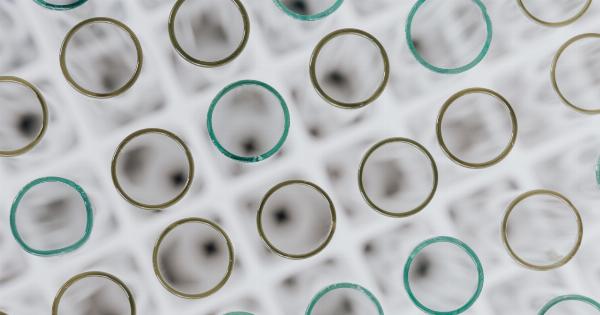Having dry eyes can be a bothersome and uncomfortable condition. It occurs when the eyes do not produce enough tears or when the tears evaporate too quickly.
Interestingly, dry eyes can lead to the irony of wet cheeks as the lack of lubrication causes the eyes to tear up. In this article, we will explore the causes of dry eyes as well as some effective solutions to manage this condition.
Causes of Dry Eyes
Dry eyes can be caused by various factors. Here are some common causes:.
Allergies and Environmental Factors
Allergies can trigger dry eyes as the body’s immune response may cause inflammation of the eye’s tear-producing glands. Environmental factors such as dry or windy climates can also contribute to tear evaporation, resulting in dry eyes.
Prolonged Screen Time
Spending long hours looking at screens, be it a computer, smartphone, or tablet, can reduce the blink rate and lead to dry eyes. When we stare at screens, we tend to blink less, causing the tear film to evaporate quickly, resulting in dryness.
Age and Hormonal Changes
As we age, our bodies produce fewer tears, leading to dry eye symptoms. Hormonal changes in women, particularly during pregnancy and menopause, can also affect tear production and contribute to dry eyes.
Medical Conditions and Medications
Several medical conditions, such as autoimmune diseases (e.g., rheumatoid arthritis and Sjögren’s syndrome), diabetes, and thyroid problems, can cause dry eyes.
Certain medications, including antihistamines, decongestants, and antidepressants, can also reduce tear production.
Smoking and Air Pollution
Smoking and exposure to air pollution can worsen dry eyes. Chemicals in smoke or polluted air can irritate the eyes and increase tear evaporation, leading to dryness.
Effective Solutions for Dry Eyes
Now that we understand the causes of dry eyes, let’s explore some effective solutions to manage and alleviate this discomfort:.
Use Artificial Tears
Artificial tears are over-the-counter eye drops that can help lubricate the eyes and provide relief from dryness. They mimic the composition of natural tears and can be used as needed throughout the day.
Follow the 20-20-20 Rule
When spending prolonged periods in front of screens or performing tasks that require intense focus, follow the 20-20-20 rule. Every 20 minutes, take a 20-second break and look at something 20 feet away.
This practice helps reduce eye strain and allows for proper blinking and tear distribution.
Hydrate and Maintain a Balanced Diet
Drinking enough water and maintaining a balanced diet rich in omega-3 fatty acids can help improve overall eye health. Omega-3 fatty acids can reduce inflammation in the eyes and promote tear production.
Manage Indoor Environment
To prevent dry eyes caused by dry indoor air, use a humidifier to add moisture to the air. Consider using an air purifier to filter out potential irritants that may worsen the condition.
Protect Your Eyes
When venturing outdoors, particularly on windy days, wear wrap-around sunglasses to shield your eyes from dry air and potential irritants.
Safety glasses or goggles can protect your eyes from dust and debris during activities that may cause eye irritation.
Consult an Eye Care Professional
If dry eye symptoms persist or worsen despite trying various home remedies, it is essential to consult an eye care professional. They can assess your condition and recommend appropriate treatment options tailored to your specific needs.
Conclusion
Dry eyes can be a discomforting condition, but understanding the causes and implementing appropriate solutions can help manage the symptoms effectively.
By taking steps such as using artificial tears, following the 20-20-20 rule, and consulting an eye care professional when necessary, individuals can find relief from dry eyes and ensure their tears serve the purpose of emotional expression rather than discomfort.




























